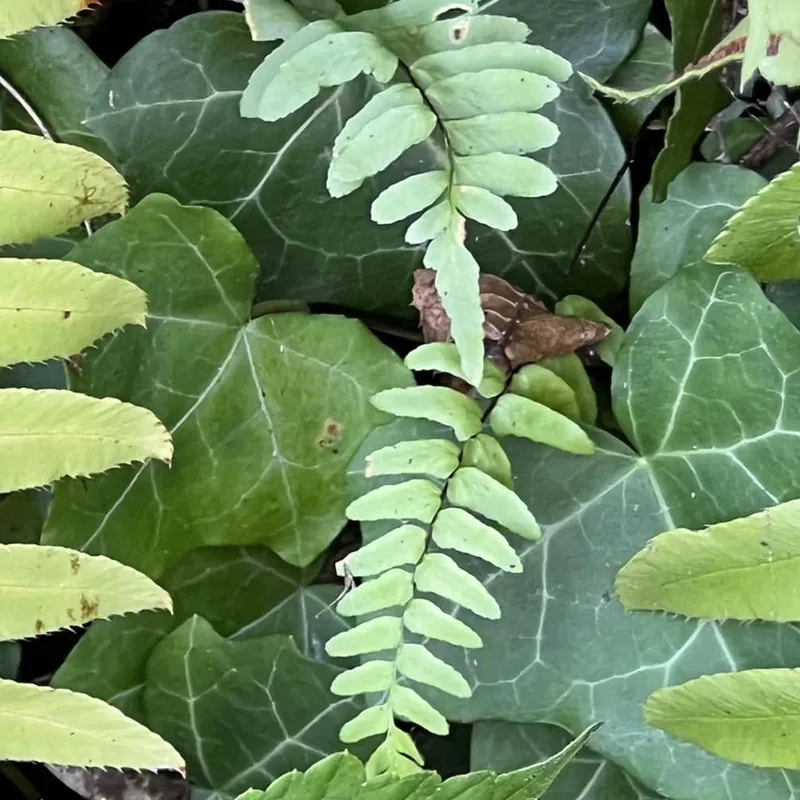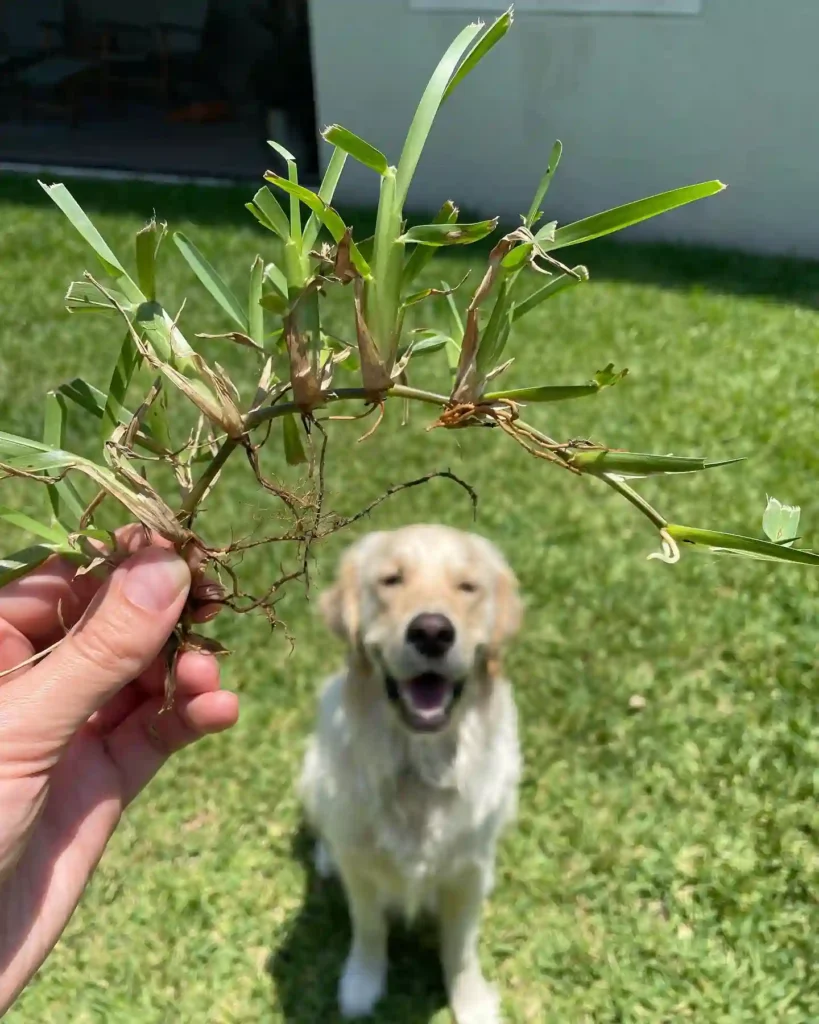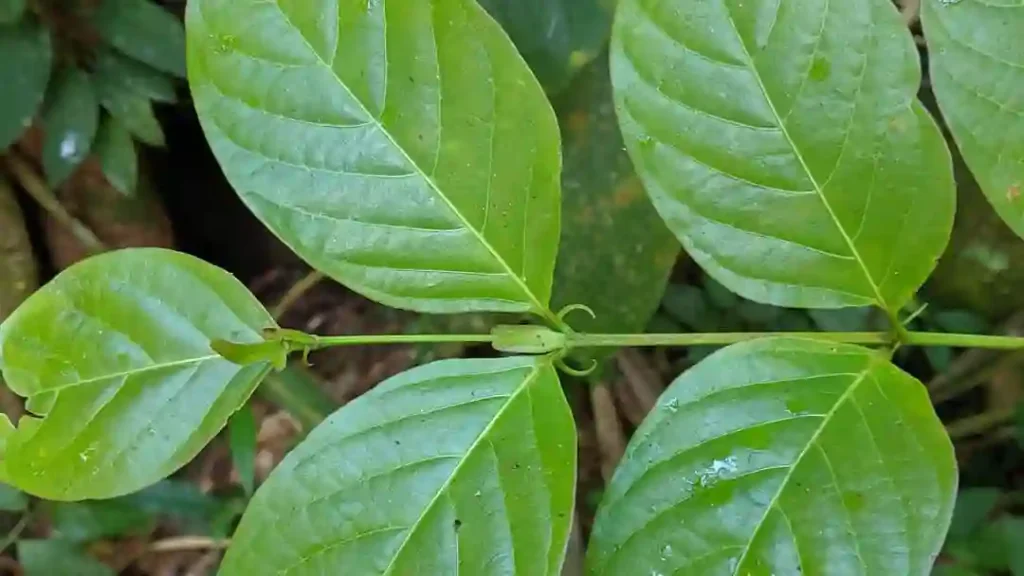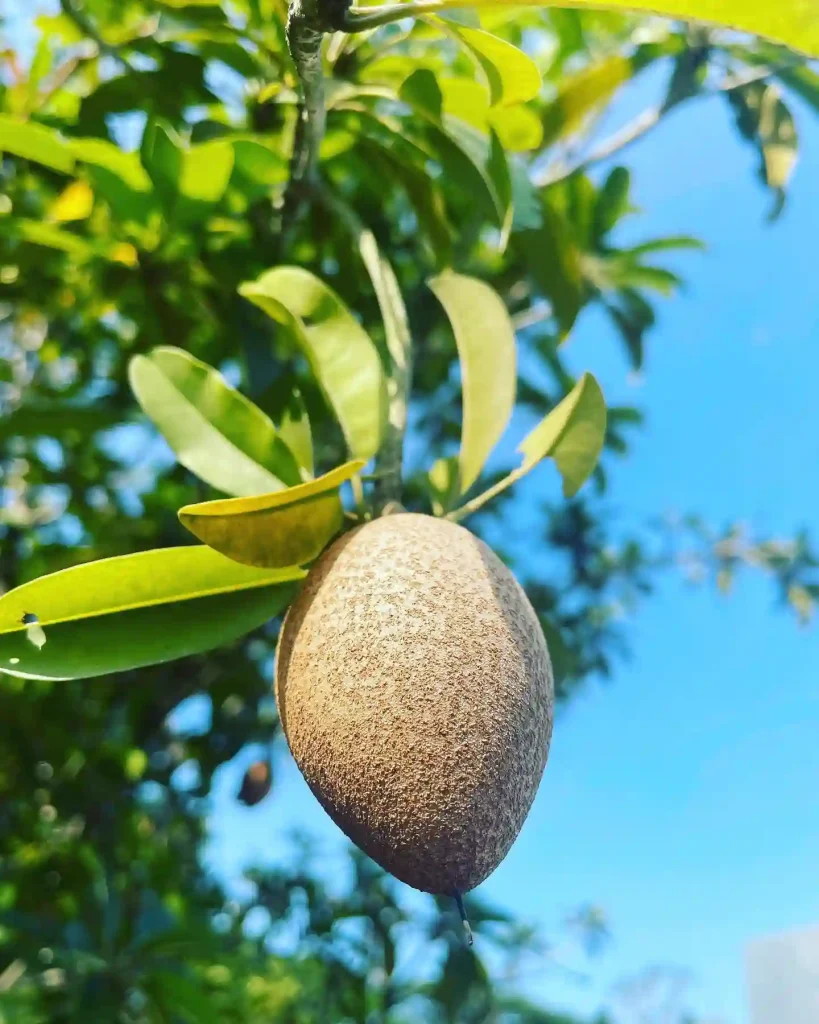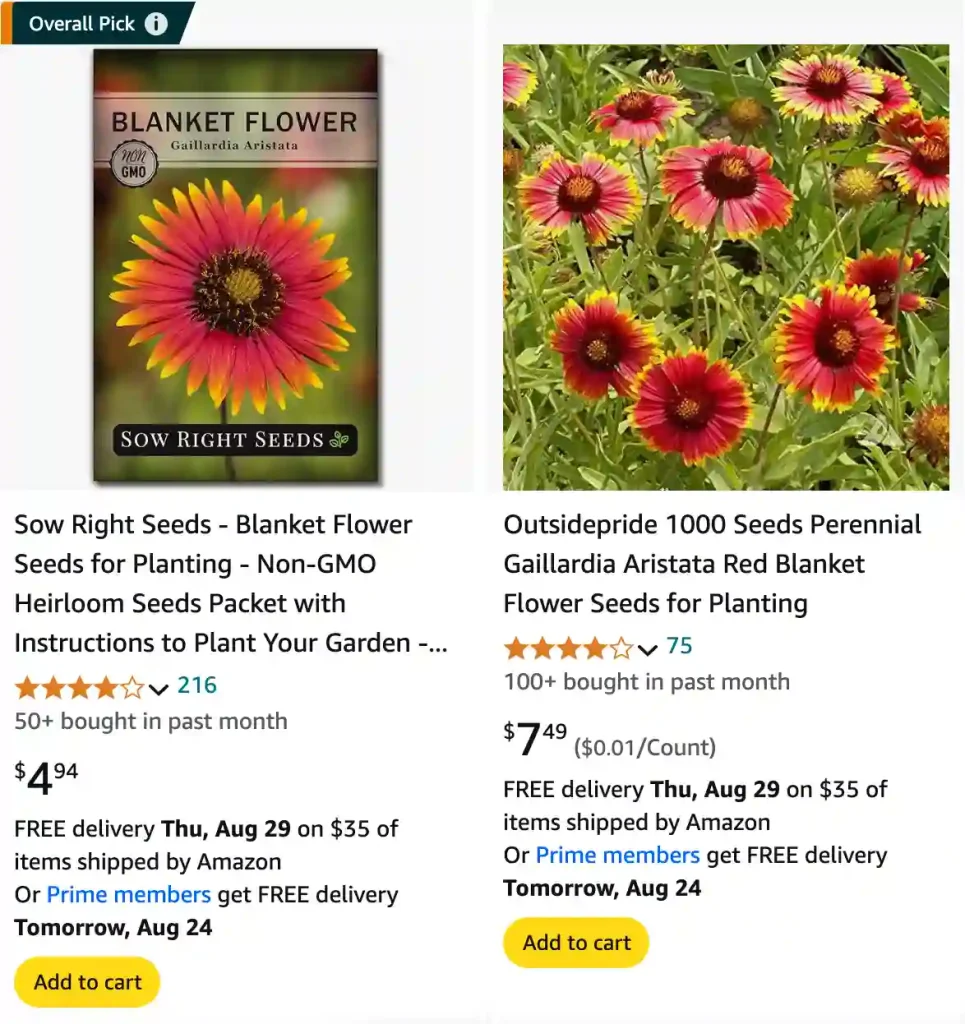
Frequently Asked Questions About Blanket Flower
If you’re thinking about adding Blanket Flower (Gaillardia) to your garden, you might have a few questions about its care, appearance, and behavior. As someone who has grown Blanket Flowers, I’m happy to share insights and answers to common questions about this vibrant plant.
What Is a Blanket Flower?
Blanket Flower, scientifically known as Gaillardia, is a hardy perennial that’s known for its striking, daisy-like blooms. These flowers come in a range of warm colors including red, orange, and yellow, which blend together in a way that resembles a colorful blanket, hence the name. They are popular in gardens for their ability to attract pollinators and their long-lasting blooms.
Does Blanket Flower Spread?
Yes, Blanket Flowers can spread, but not aggressively. They grow from a central rosette and can self-seed, which means new plants might pop up nearby. However, they’re not invasive and generally don’t overtake other plants in your garden. If you want to manage their spread, you can regularly deadhead spent flowers to prevent them from going to seed.
How Long Does Blanket Flower Bloom?
Blanket Flowers are known for their long blooming period. Typically, they start flowering in early summer and can continue to bloom until the first frost. This extended bloom time makes them a favorite for adding color to gardens throughout the growing season.
Is Blanket Flower a Perennial?
Yes, Blanket Flower is a perennial. This means it comes back year after year, adding stability and long-term beauty to your garden. In most climates, Blanket Flowers will return each spring, although in colder regions, they might need some winter protection.
When Does Blanket Flower Bloom?
Blanket Flowers usually start blooming in early to mid-summer. Depending on your climate and the specific variety you plant, you might see flowers as early as June and continuing into the fall. Their ability to bloom over such a long period makes them a versatile choice for extending garden color.
Is Blanket Flower Deer Resistant?
Yes, Blanket Flowers are generally considered deer resistant. While no plant is completely deer-proof, Blanket Flowers are less likely to be targeted by deer compared to other plants. Their tough, somewhat hairy leaves may deter deer from munching on them.
Do Rabbits Eat Blanket Flower?
Blanket Flowers are also relatively rabbit resistant. Rabbits are less likely to eat them compared to more tender garden plants. However, hungry rabbits might nibble on young plants if other food sources are scarce.
What Do Blanket Flower Seeds Look Like?
Blanket Flower seeds are small, dark, and somewhat angular. They are typically brown or black and have a rough texture. If you’re harvesting seeds from your own plants, make sure they are fully dry before storing them. These seeds are relatively easy to collect and sow.
When to Plant Blanket Flower Seeds?
If you’re planting Blanket Flower seeds, you can start them indoors about 6-8 weeks before the last expected frost. Alternatively, you can sow them directly in the garden after the last frost has passed. They prefer well-drained soil and a sunny location for optimal growth.
Is Blanket Flower Toxic to Dogs?
No, Blanket Flower is not considered toxic to dogs. It’s generally safe if your pet happens to nibble on it. However, as with any plant, it’s a good idea to monitor your pets and consult your veterinarian if you have concerns about their health.
How to Care for Blanket Flower?
Caring for Blanket Flowers is relatively easy. They thrive in full sun and well-drained soil. Water them regularly, especially during dry spells, but be careful not to overwater. Deadhead spent blooms to encourage continuous flowering and cut back the plants in late fall or early spring to promote healthy new growth.
How to Propagate Blanket Flower?
Blanket Flowers can be propagated by seed, division, or cuttings. For seeds, follow the planting guidelines mentioned earlier. To divide established plants, dig up the clump in early spring or fall and separate the sections, replanting them immediately. Cuttings can be taken from healthy plants in early summer and rooted in a moist, well-drained medium.
What to Plant With Blanket Flower?
Blanket Flowers pair well with a variety of other plants. They look great alongside other summer perennials like Coneflowers and Coreopsis. Their vibrant colors also complement ornamental grasses, such as Feather Reed Grass or Blue Oat Grass, and other flowering plants like Black-eyed Susans and Shasta Daisies.
Blanket Flower vs Coneflower
Blanket Flowers and Coneflowers (Echinacea) are often compared due to their similar daisy-like appearance. Blanket Flowers tend to have a more vibrant color palette and longer bloom period. In contrast, Coneflowers generally have a more upright, less sprawling growth habit and are known for their medicinal properties.
Blanket Flower vs Coreopsis
While both Blanket Flowers and Coreopsis share a similar bright, cheerful appearance, they differ in their growing habits and flower structures. Coreopsis (Coreopsis spp.) often has finer, more delicate foliage and a more compact growth habit compared to the broader, more robust leaves of Blanket Flowers. Coreopsis also tends to have a more varied bloom time, with some varieties blooming in early summer and others extending into the fall.
In summary, Blanket Flowers are a fantastic addition to any garden for their vibrant colors, long blooming period, and relatively low maintenance. Whether you’re a seasoned gardener or a beginner, this plant offers beauty and resilience with minimal fuss.
